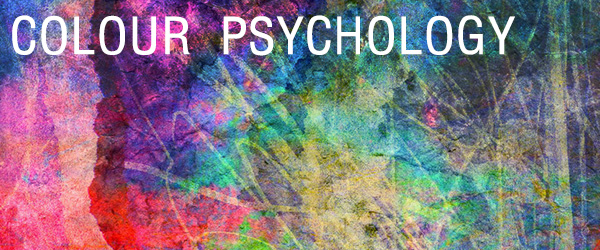Colour Psychology
Colours, like features, follow the changes of the emotions. - Pablo Picasso
The concept of colour psychology is detrimental to an interior design scheme. Researchers and experts have made key observations on the psychology of colour and the effect that it can have on ones mood, feelings, behavior and a rooms overall vibe / atmosphere. This article will get to the nitty gritty of colour and will help you to always design with colour in mind.
So what is colour?
We have Sir Isaac Newton to thank for the discovery of colour. He worked out that when white light passes through a prism, it separates into all of the visible colours on the colour spectrum. Light could be combined to a colour to form other colours however; each colour is made up of a single wavelength and cannot be separated further into a range of colours.
Some colours combine and create a colour, whereas others such as yellow and purple cancel out when combined. Colours have been split into two main categories: warm or cool, with warm being associated to heat, which relates to yellow, orange and red. Cooler colours are like your natural elemental colours, such as the sky – blue, trees- green and sea – blue.
The psychology of colour is extensive; research has proven that colours act upon the body as well as the mind. Red has been shown to stimulate the senses and raise the blood pressure, while blue has the opposite effect and calms the mind.
Because colour is a light form, it carries energy, which is then picked up on by a person’s senses. Scientists have found that actual physiological changes take place in human beings when they are exposed to certain colours. Colours can stimulate, excite, depress, tranquilize, increase appetite and create a feeling of warmth or coolness. This is known as chromo-dynamics.
Colour theory tests undertaken have placed workers in an office building with blue walls, this brought on complaints that the office was too cold. The same group of workers then other half of the day in an office that was painted a warm peach colour, this brought about complaints of heat, and the workers proceeded to take off their coats and jumpers. The temperature of the building was the same with the blue walls and then the peach coloured walls. This study shows how much of an effect the colour design of an interior space can have on its occupants. Often colour palettes used in home and workspaces use a combination of warm and cool colours, which increases the appeal. Accessories can achieve this result.

